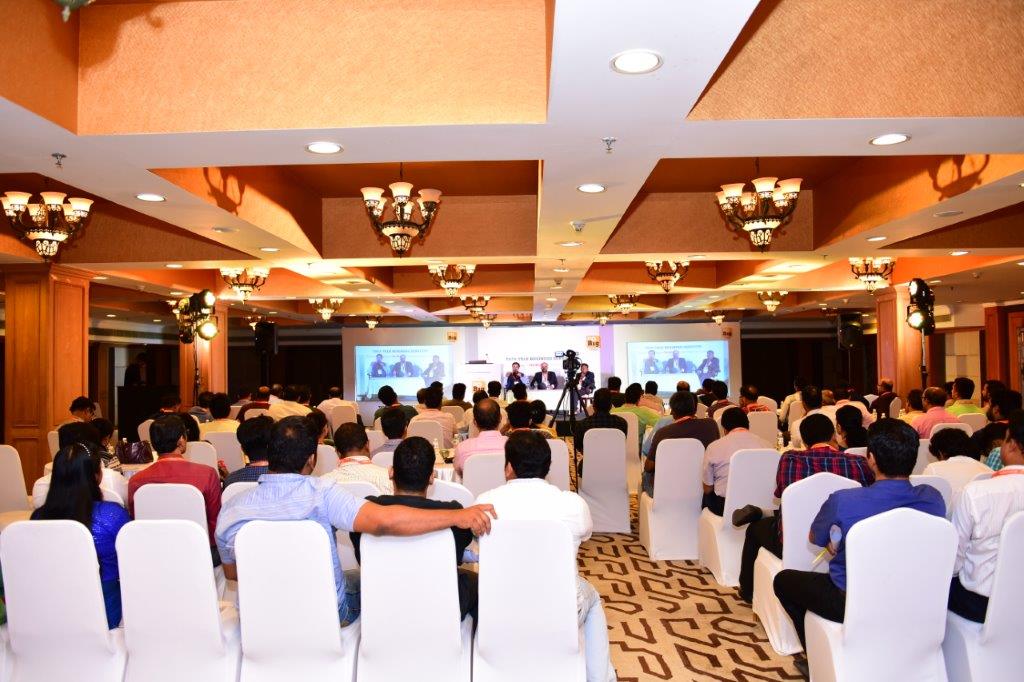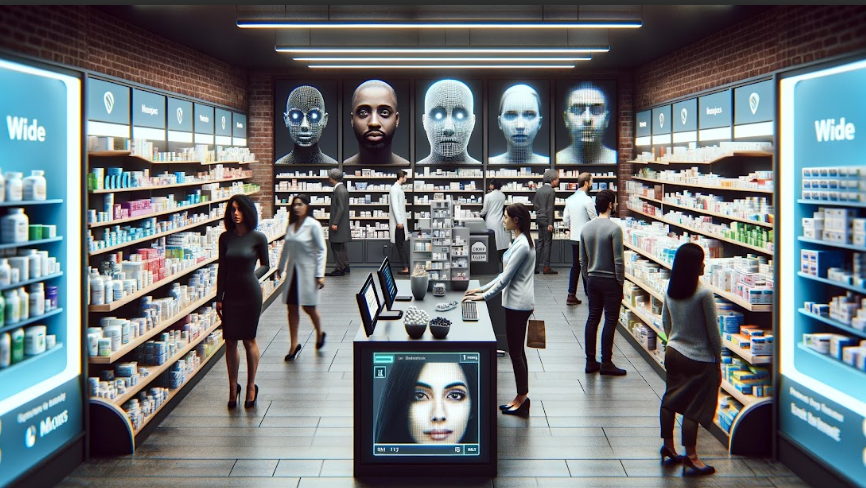A few years ago, I was in Kochi, Kerala delivering a keynote talk titled “Unlocking Digital Transformation – Advancing Technologies” for a distinguished audience of Chief Information Officers from across the country.
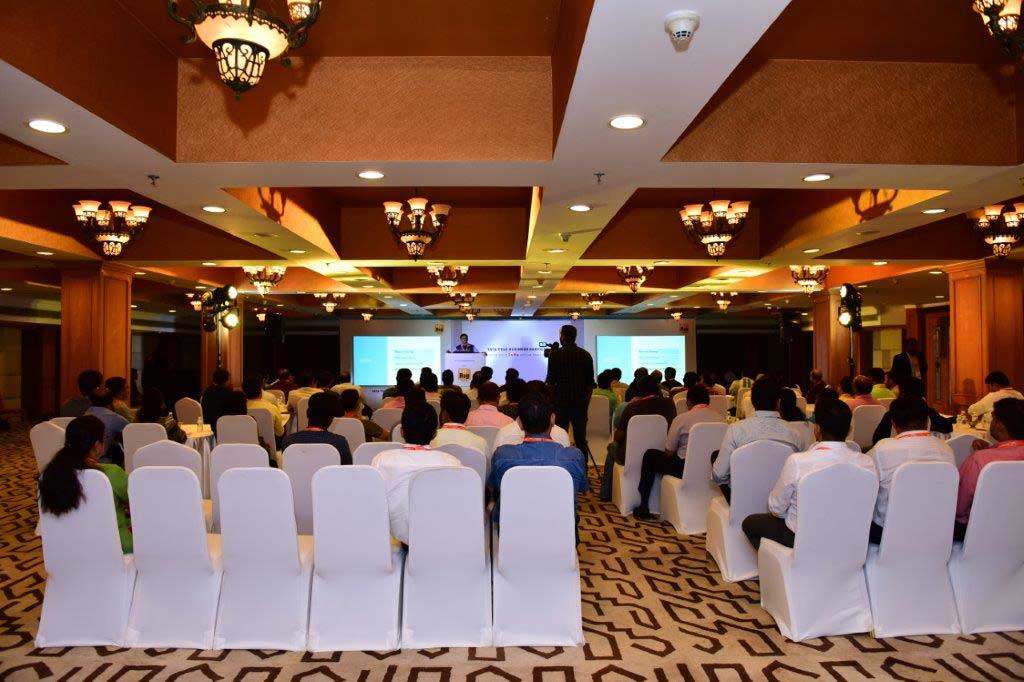
For what is digital and what is digital transformation, I started with the definitions that I like: Pace of Change that’s occurring in today’s world driven by Rapid Adoption of Technology. It consists of four ideas that are commonly advocated: To remember Digital transformation is actually Business Transformation and not about implementation of a new technology platform, To leave your product-centric thinking behind, To focus on customer outcomes, and, To follow an outside-in perspective aka customer obsession.
In many companies which have grown around successful products, we will find that they do their strategy, planning, budgeting, accounting and hiring around the products. This structure has practical advantages, for example it optimizes the ability to bring specific products and features to market. But when looking from an outside-in perspective, this product-centric structure can be at odds with what the customer wants. In my own experiences as a customer, I have seen this many times. I have lost count on the number of times the same company has treated me like a new customer, even though I already own a few of their products, some of them released under the same brand. I am sure you would have had similar experiences.
I continued with an example of digital transformation done by Babolat of Lyon, France on their designing of Babolat Pure Drive PLAY tennis racket. They had designed an IoT based solution that fits inside a regular tennis racket and transmits in real-time data from multiple sensors on how each stroke is played. This gets analysed and reported for further study in a mobile app.
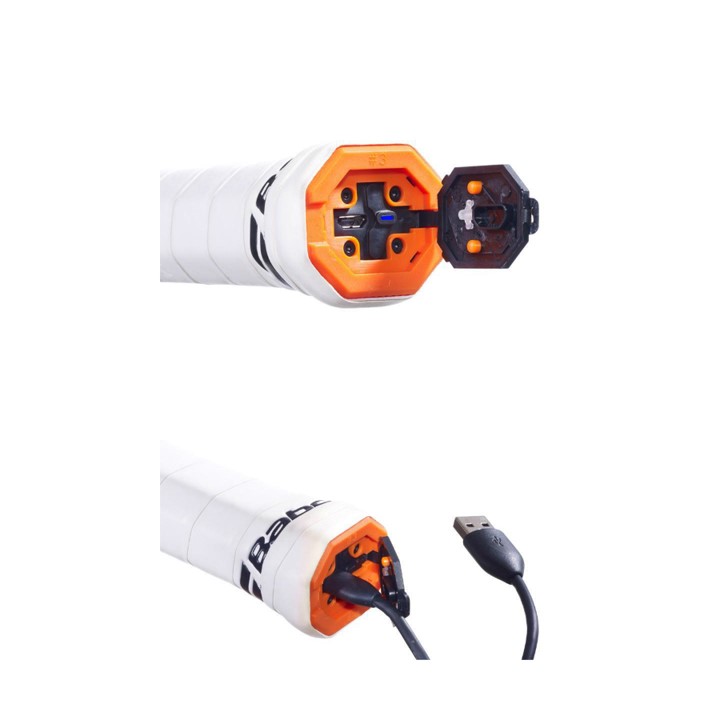

Then added my own example (fictitious) of how a food staples firm marketing Rice or Wheat can reinvent the core of their business. I explained on how in the future this firm may allow its customers to cook a bespoke meal based on what the AI algorithms have determined we should be eating at the moment based on the inputs from wearable sensors and our personal food likings. This may work like the 3D printing today or far in the future like the food synthesizers we have seen in the Star Trek TV show.
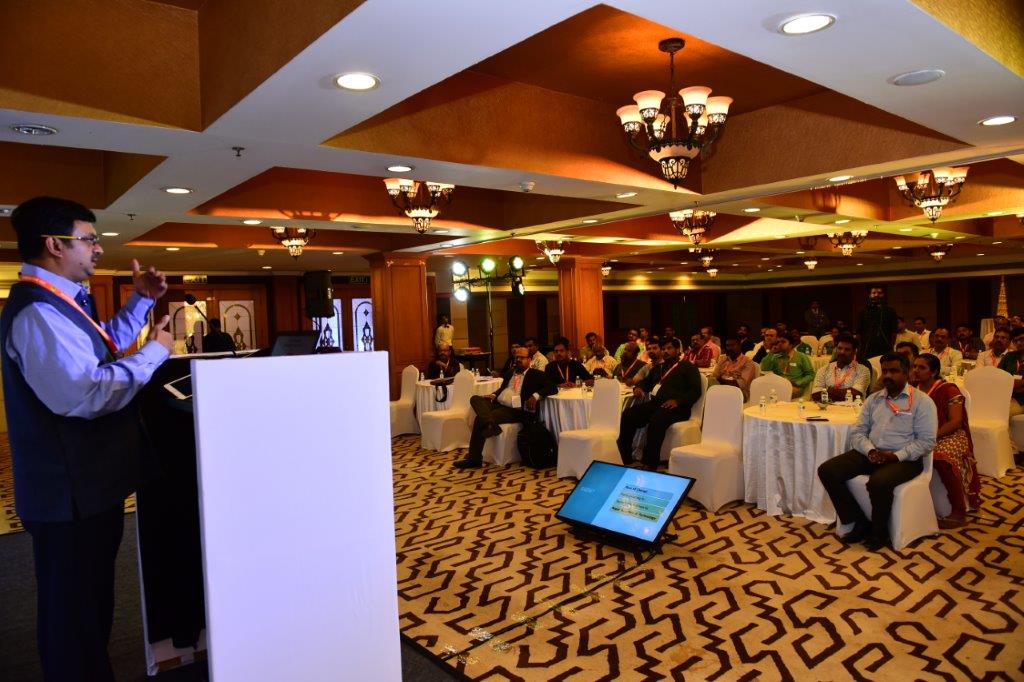
I walked through the three phases of every Digital Transformation journey:
- Experimentation at the edge
- Collision at the core
- Reinvention at the root
I explained on how every successful Digital Transformation journey consists of: Thinking Big, To start small, and To scale fast.
Lastly, I provided the audience with four main questions that they can ask themselves before they start their own digital transformation journey:
- What is the outcome that our customer desires? Is there more than one customer we need to satisfy?
- How does the customer achieve that outcome today?
- How can we (profitably) design a new experience for the customer
- How do we design the technology to power the above?
